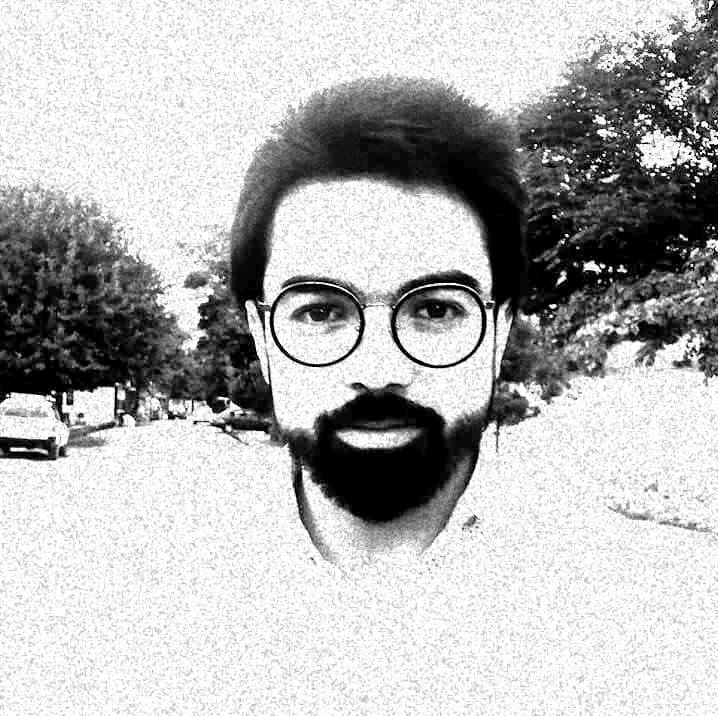 By: Khaliq Ebrahimi
By: Khaliq Ebrahimi
Translated By: Mohammad Rezaie
Let me start from a basic point, it also exactly shows our current situation; The summary of Abdul Rahman Khan’s atrocities on Hazaras can be found in the following text: “In destroying the foundations of these irreligious people, so that no trace of them was left around and through the mountains, and their property must be divided between Ghaljaei and Durani tribes, he ordered that the Our victorious Corps public forces must gather in the land of Hazaras from all sides. No one from those misguided clans shall be left alive and be spared” (Kateb, 2014, Vol 3, B1: 934-935).
Kateb has very carefully chosen ” destroying the foundations of these irreligious people”, because it shows the depth of this sad reality; a reality which is used with some other interpretations. But there is another corelative interpretation that Abdul Rahman has explicitly shown his intention of Hazaras genocide. It says: “Once and for All”. Hazaras must be eliminated. It is very important to know that he tied the stability of the government and the determination of Afghanistan’s borders with the “crackdown of the Hazaras destruction”. But if he achieved the stability of the government, he never achieved the arbitrary determination of Afghanistan’s borders. The genocide of the Hazaras was the most important cause of the Amir’s weakness and failure to determine the borders arbitrarily, and this still shows the most fundamental failures and the main secret of the crisis of Afghanistan. The repression that Amir had undertaken was not limited to the lives and souls and property of the Hazaras, it was not limited to their past and future, but it also included their houses, castles, crops, trees, streams, settlements, mosques and roads. Amir’s destruction included everything in a brutal and insane manner. If the expressions of savagery and madness are used about the actions of the Amir, it is not because of malice, revenge and anger, because the governments of Russia, British India and Iran – which was called Persia at that time – have repeatedly used these expressions to describe the actions of the Amir.
Anyway, whatever Amir had done about the Hazaras and their existence, now they are evident in the Taliban’s behavior towards the Hazaras. Maybe there is a difference in terms of quantity, but there is no difference in terms of quality and nature. In the following objective narratives, we see the same actions and the Hazaras face exactly the same fate.
The life of the last survivors of a genocide in Uruzgan
On the morning of August 13th ,2023, when the mostly Hazara residents of Uruzgan Khas “Ju e Naw” region woke up to start another normal day, they encountered a completely unusual scene. Shekar Para apricot trees with their roots in the soil but their foreheads fell on the ground. They were split in half, half in the soil and half on the soil. When they counted, there were more than 390 trees. Enmity with nature, enmity with trees whose fruit is as sweet as its name, who or who could have done it?
 As this event was not the first even, therefore, the residents of Ju e Naw Knew the enemy of their lives and properties very well. Two days before this event, Seyyed Mohammad, who was the “Mirab” of JU e Naw, was severely beaten and injured while performing his duty to take care of the stream. A few days before this incident, USta Khaliq was attacked while working on his farm and was beaten to death. If his wife did not hear his screams, the attackers would have killed him.
As this event was not the first even, therefore, the residents of Ju e Naw Knew the enemy of their lives and properties very well. Two days before this event, Seyyed Mohammad, who was the “Mirab” of JU e Naw, was severely beaten and injured while performing his duty to take care of the stream. A few days before this incident, USta Khaliq was attacked while working on his farm and was beaten to death. If his wife did not hear his screams, the attackers would have killed him.
Local sources told the Silk Way Weekly that since the Taliban took control of this area, a chain of pressure and violence has been applied against the local residents of this area, who are mostly Hazaras, by the supporters of the Taliban and the local militias of this group. These sources shared with us the names of 6 residents of Ju e Naw who have been subjected to harassment and violence individually in separate incidents: Asadullah son of Nasser, Seyed Shah son of Seyed Agha, Usta Khaliq son of Ibrahim, Ruhollah son of Mirza, Alizadah son of Zahir and Seyyed Mohammad, who is Mirab or water distributer of Ju e Naw.
Five days after cutting down the fruit trees, at 1:00 pm on August 18th, Haji Bostan was attacked by two Pashtun armed men riding a motorcycle while he was performing the noon prayer and was killed on the spot. Local sources told the Silk Weekly that Haji Bostan is the 14th person to fall victim to the ongoing chain of violence in Ju e Naw . Sources also added that two young children of Haji Bustan were beheaded by the Taliban on June 24, 2009, near Baghchar passage along with 7 other Hazara people. Haji Bostan was from Baghchar, and at the end of 2009, when Baghchar was evacuated from a Hazara settlement, he settled in Ju e Naw.
On September 12, Seyyed Amir Alawi was attacked by two people riding a motorcycle a few steps away from the Taliban checkpoint while going to the market and was killed. This time, the people of Ju e Naw decided to move Alawi’s body to Tirin, the center of Uruzgan, and from there to Kabul. The residents of Ju e Naw made this decision after the Taliban group not only did not address their previous complaints, but also ignored and denied the occurrence of murders and chain violence. The Taliban governor opposed moving Amir Alavi’s body to the center of Uruzgan, and the residents of Ju e Naw buried him after waiting for two days.
On September 21, Haji Hassan and his son Ali Khan were beheaded while passing through the Pashtun-inhabited area of Uruzgan Khas. Local sources told the Silk Way Weekly that Haji Hassan and his son had loaded their car with fruits to take to Ghazni and sell. They were brutally killed on the way in a Pashtun populated area. With this event, the list of Hazaras killed in Ju e Naw has reached 17 people. Local sources from Khas Uruzgan shared the details and documents of these victims with Silk Way Weekly.
Local sources from Uruzgan Khas claim these chain local Pashtuns with the support of the Taliban put under pressure Hazaras and use violence against them to make them abandon this area.
Local sources say that the Hazara-inhabited parts of Uruzgan, including Bagchar, which is the most fertile area in Uruzgan, were evacuated from the Hazara population in 2009 and during the republic under the pressure of the Taliban. In Ju e Naw, where more than 500 Hazara families once lived, now only 200 families live.
In addition to cutting the trees, harassing and killing the inhabitants of Ju e Naw, local sources have reported to the Silk Way Weekly Local Pshtuns have set on fire the harvests of Hazaras, destroyed their houses and set on fire their vehicles at night. So far, 20 residential houses have been destroyed or burned. Three motor vehicles were also burned at night and the local Pashtuns loot people’s property and pets every day without fear.
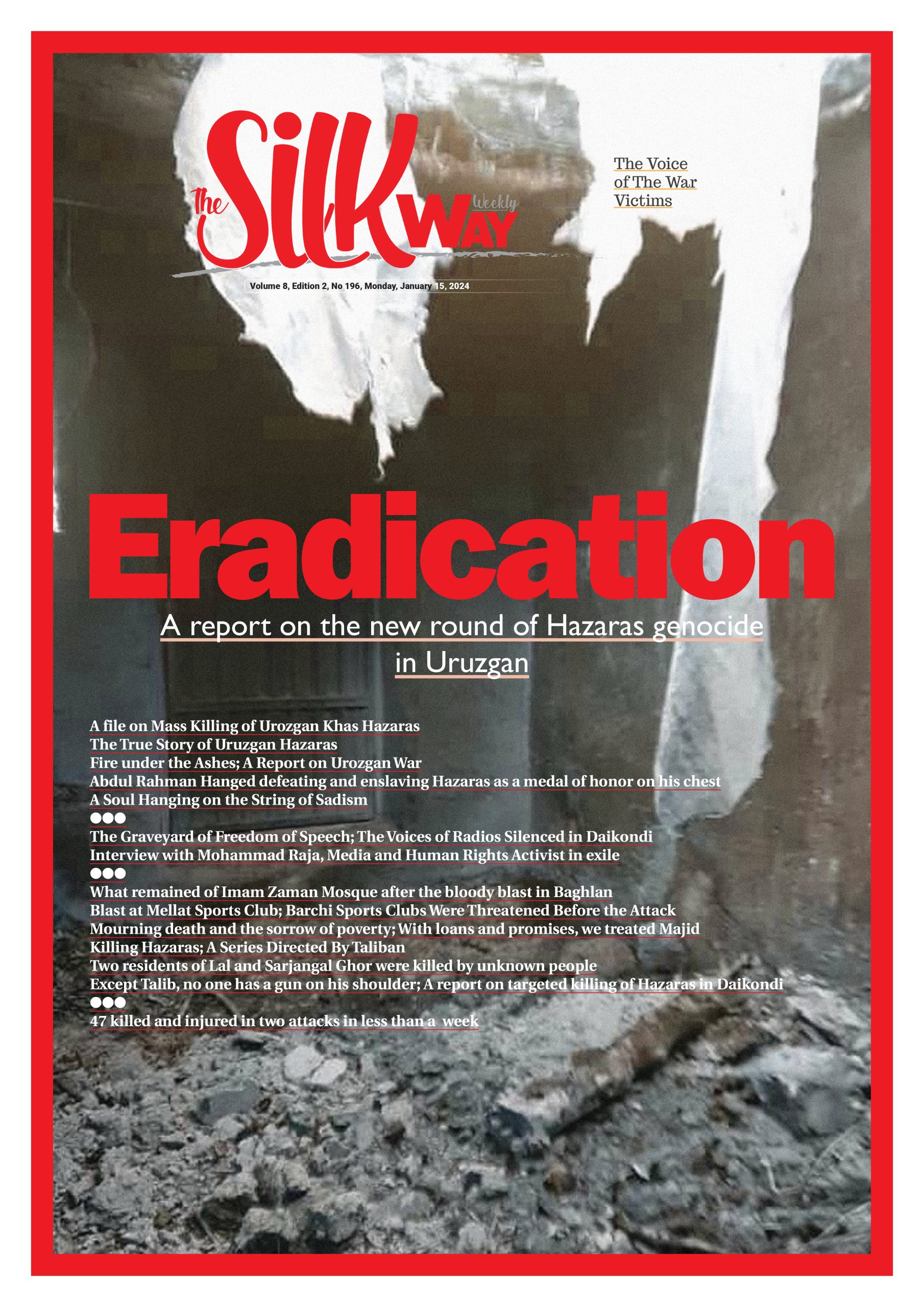 Residents of Ju e Naw, say Pahstuns from “Kote Zabi” tribe, who in the neighborhood of Hazaras, are behind these attacks. They added that Jue Naw area has been under the Taliban control after the withdrawal of the US and allies forces, and they have paid tax to Taliban and their local militia to afford their expense. But this group is negligent in ensuring the security of Hazaras in this area.
Residents of Ju e Naw, say Pahstuns from “Kote Zabi” tribe, who in the neighborhood of Hazaras, are behind these attacks. They added that Jue Naw area has been under the Taliban control after the withdrawal of the US and allies forces, and they have paid tax to Taliban and their local militia to afford their expense. But this group is negligent in ensuring the security of Hazaras in this area.
Sources say that the Hazaras of Ju e Naw have submitted their complaint and documented report of what happened in this area with the United Nations Mission in Afghanistan (UNAMA) and Richard Bennett, the UN Special Rapporteur on Afghanistan’s human rights affairs. A delegation from UNAMA has traveled to this area to investigate the situation of the Hazaras in Ju e Naw and talked with the victims. Richard Bennett has also promised a special review of Uruzgan cases.
It is important to mention that recent wave of violence against Hazaras in Uruzgan coincided with Hazaras genocide anniversary. Abdul Rahman’s forces defeated Hazaras and entered Uruzgan 131 years ago.
Abdul Rahman’s troops did not spare any violence against the Hazaras, they killed the men and enslaved the women and sold them in the markets of Kabul and Kandahar. They distributed the vast lands of the Hazaras among the Pashtun tribes. What remain for Hazaras, were some areas in Urozgan Khas which some of these areas were evacuated and areas like Ju e Naw face forced displacement.


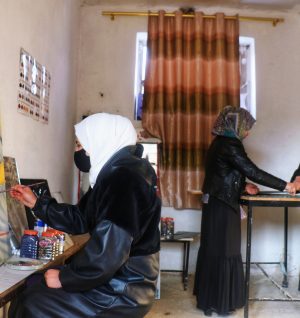
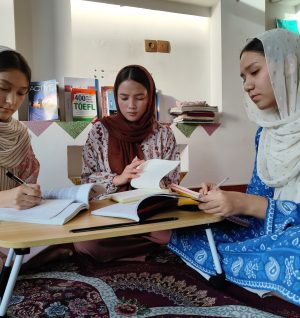
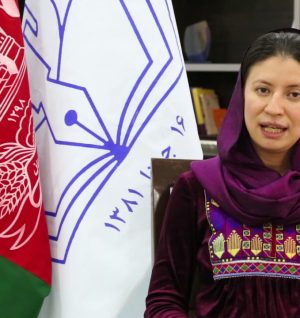
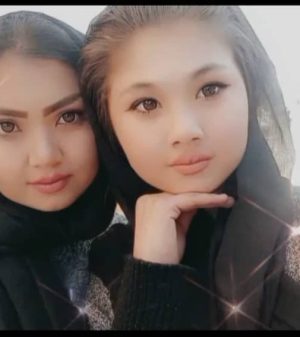
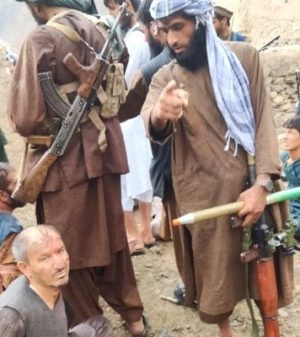
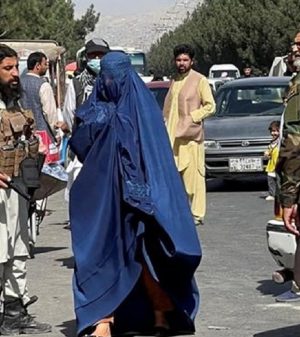
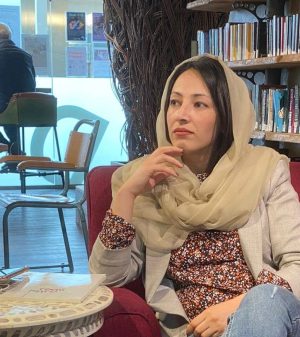
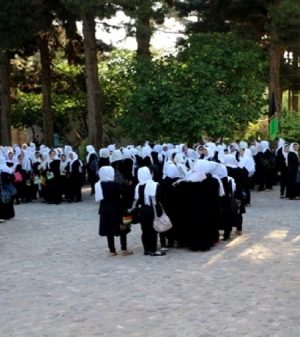
Add Comment